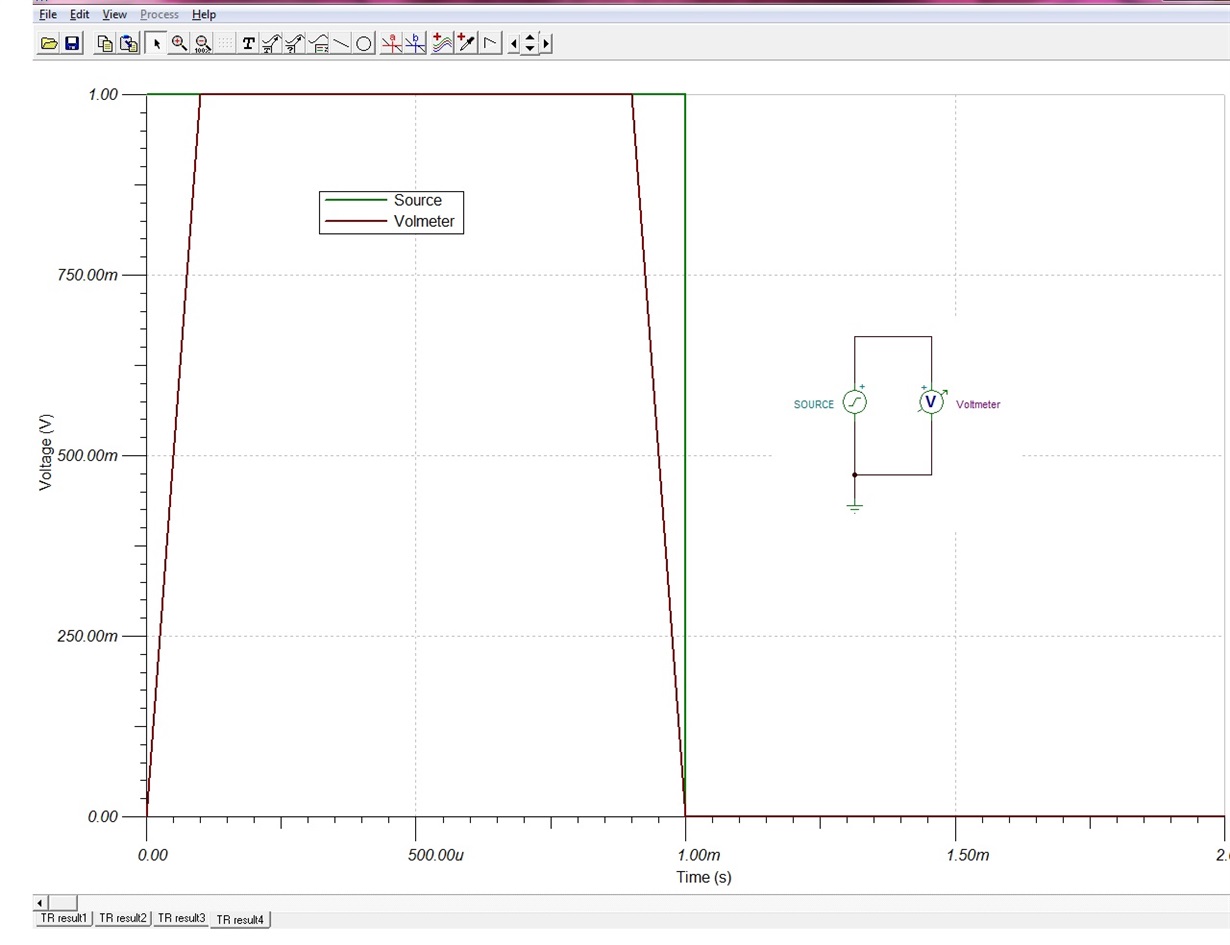Dear TI,
When injecting a pulse signal (1V/1ms) and measuring the transient output thanks to a voltmeter, I observe that there is a delay for the rising time between the source and the output. Do you know why and how can i fix it ?
Moreover, for the falling time, output signal amplitude begins to decrease before the input signal. How is it possible ?
Thx for your help,
JJ


